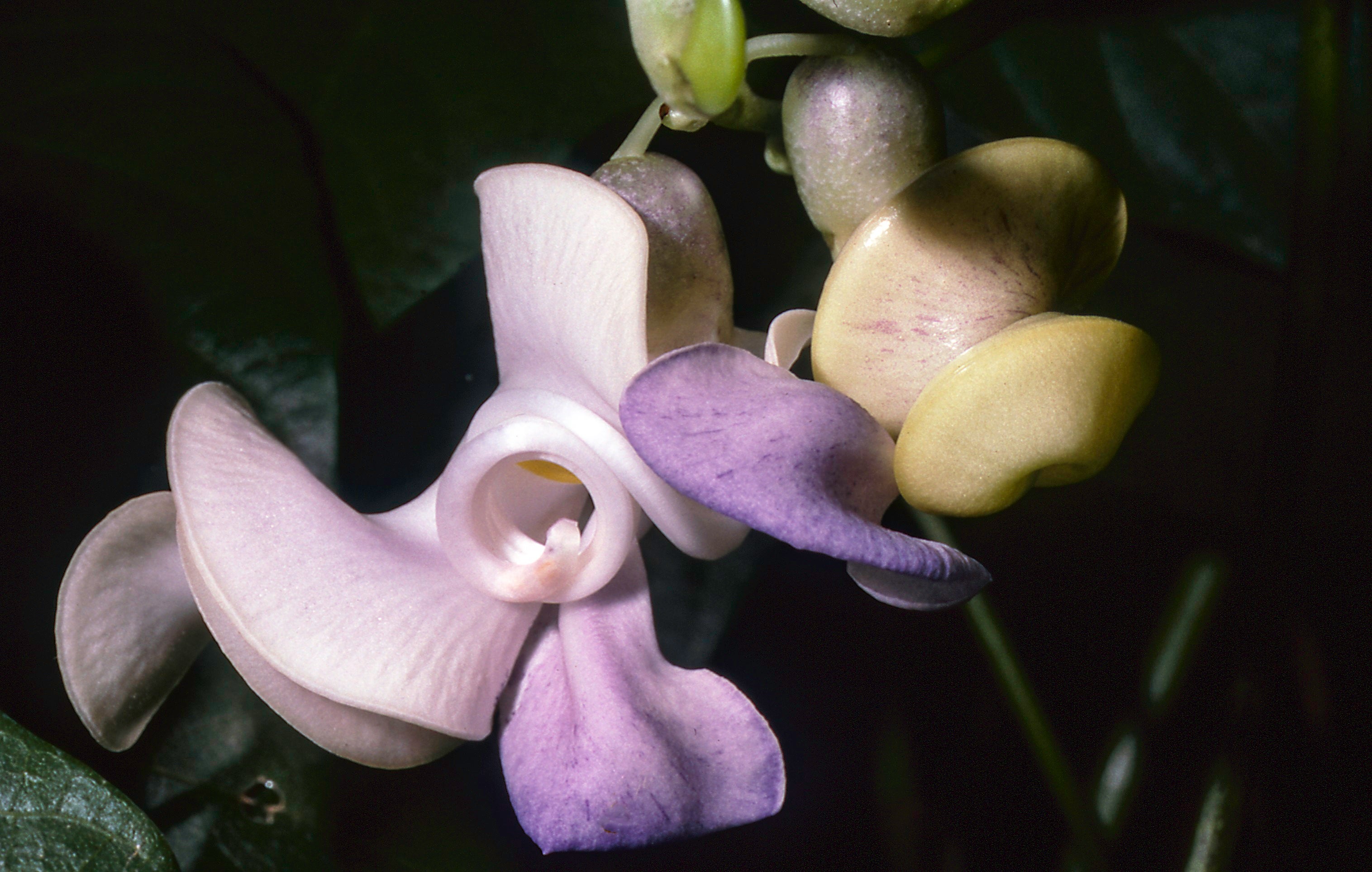Scientists identify hundreds of nutrient-rich edible plants with untapped potential to treat vitamin deficiencies
These plants could represent a major food source for the future, scientists say

Your support helps us to tell the story
From reproductive rights to climate change to Big Tech, The Independent is on the ground when the story is developing. Whether it's investigating the financials of Elon Musk's pro-Trump PAC or producing our latest documentary, 'The A Word', which shines a light on the American women fighting for reproductive rights, we know how important it is to parse out the facts from the messaging.
At such a critical moment in US history, we need reporters on the ground. Your donation allows us to keep sending journalists to speak to both sides of the story.
The Independent is trusted by Americans across the entire political spectrum. And unlike many other quality news outlets, we choose not to lock Americans out of our reporting and analysis with paywalls. We believe quality journalism should be available to everyone, paid for by those who can afford it.
Your support makes all the difference.Scientists have identified over 1,000 edible plants with untapped potential which they say could address vitamin B deficiencies for thousands of people across the world.
The study, published in the journal Nature Plants, gathered vitamin-B content data for nearly 300 nutritionally-known plant species and found that closely related species exhibit more similar nutritional values than distantly related ones.
Researchers, including those from Royal Botanic Gardens, Kew and Imperial College London, identified 1,044 “under-utilised” plant species that have potential to be a source of vitamin B.
Studies have shown that B-vitamin – a class of vitamins that include thiamin, riboflavin, niacin and biotin – is a key factor in maintaining good health and well-being overall.
In its various forms, it has been shown to help break down and release energy from food, and help maintain a healthy nervous system.
However, this vitamin has been found to be commonly deficient in both developed and developing countries, particularly in Sub-Saharan Africa and South-East Asia.
Combining the vitamin-B data on about 300 known plant species with the knowledge of their evolutionary relationships, researchers could project vitamin values onto over 6,000 edible plant species documented worldwide.
The research newly identified about 1,000 plant species as potential sources of five different B vitamins: B1, B2, B3, B5 and B9, of which 63 plants are threatened in their natural environment.
Scientists say many of these vulnerable and nutritionally-rich species are found in global hotspots of malnutrition such as South-East Asia and sub-Saharan Africa, suggesting the need for further conservation action to ensure that edible plant diversity remains a reservoir of nutrition for future generations.
“We predict the B-vitamin profiles of >6,400 edible plants lacking nutritional data and identify 1,044 species as promising key sources of B vitamins,” scientists wrote in the study.
“This study illustrates how our fundamental knowledge of plant diversity and evolutionary relatedness can provide tools to preserve nature and its contributions to people, including the most essential one: food,” Samuel Pironon, co-author of the study, added.
While food products like beef, organ meats, poultry, and seafood, as well as dairy products, eggs, legumes and some fortified breakfast cereals are known to be good sources of the vitamin, scientists say identifying a wider range of plants with the potential to supplement these vital micronutrients may offer a viable alternative to meat-based diets.
“We need to pay more attention to the incredible diversity of edible plants to better understand how they can contribute to human nutrition and what we need to do to preserve them for future generations. Our study represents an important step in that direction,” Aoife Cantwell-Jones, lead author of the study, noted.
Non-threatened plant species newly identified as potential B vitamin sources in the study include the Digitaria genus, composed of many grass species of high nutritional potential, including fonio and its wild relatives that are native to the savannas of West Africa.
Researchers say these plants could represent a major food source for the future as they are fast-growing and highly resistant to hot and dry climates.
They say the Ethiopian oat (Avena abyssinica) is also a traditional and under-utilised food with high potential for food security.
Among threatened species, scientists say the fruits and seeds of several emblematic Baobabs (Adansonia), native to Madagascar, are also rich sources of vitamin-B.
Secale africanum, a wild rye only found in the Karoo in southwestern South Africa, is also a potentially good source of the vitamin, they say.
However, researchers add that this plant has experienced severe declines from cattle overgrazing, poor land management and diseases.
“We should first guarantee they remain available in the wild in the long term, and that we know how to make the best use of them. Both source species and traditional knowledge surrounding them should thus be prioritised for conservation,” Ms Cantwell-Jones, a PhD candidate at Imperial College London, noted.
Researchers say in future studies, the nutritional profiles of these species should also be checked using chemical methods.
“Although by no means a silver bullet to tackling malnutrition, conserving a diverse portfolio of edible plants, unravelling their nutritional potentials, and promoting their sustainable use are essential strategies to enhance global nutritional resilience,” scientists wrote in the study.
Join our commenting forum
Join thought-provoking conversations, follow other Independent readers and see their replies
Comments